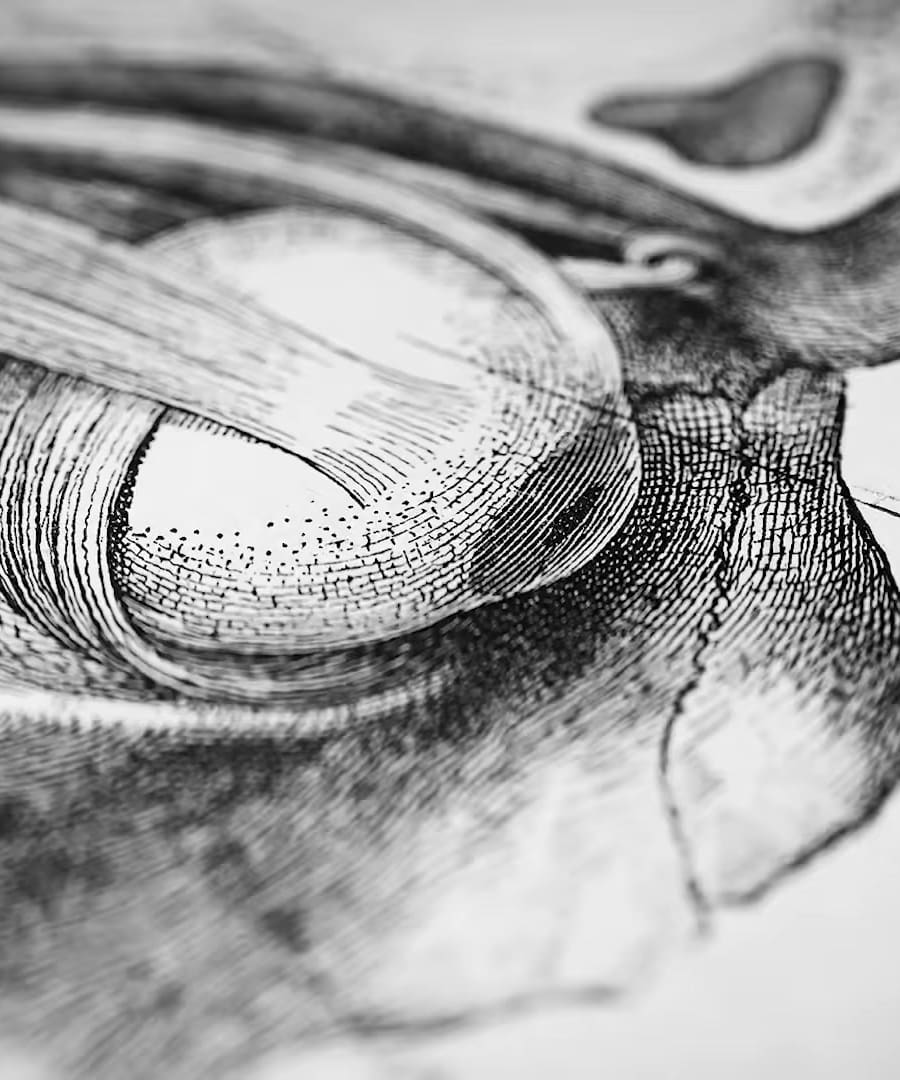how can women promote healthy hormones
Sources:
Women can promote healthy hormones by focusing on several key areas, as highlighted by and on the .
-
Gut Microbiome Management: Maintaining a healthy gut microbiome is crucial since it influences levels of estrogen, metabolism, and other hormones. Women have specific microbiome needs that should be addressed to support hormone balance.
-
Omega-3 Fatty Acids: Incorporating omega-3 fatty acids into the diet is essential for female hormone health. These fatty acids play a significant role in managing hormone levels and should be obtained through proper dietary sources or supplements.
-
Exercise Balance: A balanced exercise regimen combining resistance training and cardiovascular workouts can optimize hormone health. The right mix and ratio of these exercises are important for maximizing hormonal benefits.
-
Digestive Health: Addressing digestive issues is particularly important as women experience them more frequently than men. Overcoming these issues can directly improve related hormonal problems.
-
Hormone Status Testing: Utilizing specific tests such as blood tests, urine tests, and microbiome tests can help women understand their current hormone status and future trajectory, enabling better management of hormone health.
These strategies are detailed in the episode [Using Play to Rewire & Improve Your Brain]{sid=doc_1950}, where Dr. Gottfried shares comprehensive tools and insights for promoting hormone health and vitality in women 1.
RELATED QUESTIONS-
in what other episodes does huberman discuss womens hormones
Sources:
has discussed women's hormones in several episodes of the :
-
[Dr. Sara Gottfried: How to Optimize Female Hormone Health for Vitality & Longevity]{sid=doc_2061}:
-
[Dr. Natalie Crawford: Female Hormone Health, Fertility & Vitality]{sid=doc_32119}:
-
[Dr. Mary Claire Haver: How to Navigate Menopause & Perimenopause for Maximum Health & Vitality]{sid=doc_61451}:
- Addressing menopause, hormone replacement therapy, and related myths and misconceptions 3.
These episodes provide valuable information and practical advice for optimizing female hormone health across different life stages.
RELATED QUESTIONS-
List clips similar to "Hormone Health"
Sources:
Here are some clips similar to "Hormone Health" from the . These clips cover various aspects of hormone health and optimization:
-
Hormone Health:
- Discusses tools women can apply toward their hormone health, fertility, vitality, and longevity, including the gut microbiome, omega-three fatty acids, exercise, and testing 1.
-
Hormone Health:
- Dr. Kyle Gillett talks about the importance of a balanced approach to health, focusing on preventative medicine and the role of hormones 2.
-
Hormone Support:
- Andrew emphasizes the importance of nutrition and behaviors for hormone health, involving morning sunlight, exercise, and meals to optimize free testosterone and reduce sex hormone binding globulin 3.
-
Hormones and Health:
- Andrew Huberman talks about the role of cholesterol in producing sex steroid hormones like testosterone and estrogen, emphasizing the importance of sufficient cholesterol for brain function and overall health 4.
-
Hormone Health Optimization:
- Kyle Gillett explains the six pillars of lifestyle interventions to optimize hormone health, including diet, exercise, stress optimization, sleep, sunlight, and spiritual health 5.
These clips provide in-depth discussions on hormones and their role in maintaining various aspects of health and vitality.
RELATED QUESTIONS-
how to get the most out of your exercise
Sources:
To get the most out of your exercise, consider implementing the following tips from the :
-
Optimize Physical Performance:
- Utilize specific tools to improve endurance and strength significantly. Studies show that using these tools can increase performance by up to 300-400% 1.
-
Recovery Timescales:
- Understand the recovery process and its adaptations. Acute inflammatory markers may look high immediately post-exercise, but over time, they indicate effective adaptation, leading to lower baseline inflammation and improved fitness 2.
-
Lifestyle Pillars for Hormone Health:
- Focus on consistent lifestyle interventions, particularly diet and resistance training. These pillars optimize hormone health, which is crucial for enhancing physical performance and recovery 3.
-
Maintaining Optimal Health:
- Avoid "performance anchors" by addressing all areas of fitness sufficiently. This balance helps in pursuing specific goals while maintaining overall health and improving in areas of passion 4.
-
Structuring Your Training:
- Structure your training program throughout the year and vary it to keep it interesting. Adjust quarterly to hit goals like aesthetics, functionality, and longevity, ensuring long-term engagement and progress 5.
Implementing these strategies can enhance your exercise routine's effectiveness, ensuring better performance, recovery, and overall health.
RELATED QUESTIONS-
what are good supplements and nutrition for optimal exercise
Sources:
To optimize your exercise routine with the right supplements and nutrition, and his guest emphasize the following key points:
Nutrition
-
Balanced Diet:
- Focus on consuming adequate carbohydrates, proteins, and fats to support your activity level. Proper nutrition fuels performance and aids recovery 1.
-
Timing of Nutrient Intake:
- Pay attention to meal timing, particularly around workouts. Consume proteins and carbohydrates in specific windows to maximize muscle synthesis and recovery 1.
Supplements
-
Foundational Supplements:
-
Performance and Recovery:
- Caffeine: Provides a performance boost, particularly for endurance activities.
- Beta-Alanine: Helps delay muscle fatigue during high-intensity training.
- Citrulline Malate: Reduces fatigue and improves recovery.
- L-Carnitine: May enhance recovery and increase androgen receptor density in muscle cells 4.
-
Adaptogens and Anti-Inflammatory:
Practical Tips
-
High-Quality Single Ingredient Supplements:
-
Hydration and Electrolytes:
-
Precision Supplementation:
- Ideally, tailor supplementation based on individual biological needs through extensive testing (blood, urine, saliva) to customize what is necessary and avoid counterproductive effects 2.
Implementing these nutrition and supplementation strategies can significantly enhance exercise performance, recovery, and overall fitness. Always consider consulting a healthcare provider before making changes to your diet or supplementation routine.
RELATED QUESTIONS-
is bluetooth bad for you
Sources:
The potential health impact of using Bluetooth devices, as discussed by , includes some nuanced insights. Here are the key points from his analysis:
Bluetooth and Health Concerns
-
Lymph and Cysts:
- personally experienced swelling of the lymph nodes near his ears when using Bluetooth headphones and opted to switch to wired headphones as a precaution. His experience suggests some people might be sensitive to the heat and EMF exposure from Bluetooth devices 1.
-
Electromagnetic Fields (EMFs):
- EMFs are a real phenomenon, and while some experts express concern, others do not see substantial risks at the power levels used by consumer Bluetooth devices. Matthew MacDougall, a neurosurgeon, explains that the energy levels of Bluetooth are low and unlikely to cause significant harm 2.
-
Heat Generation:
- The heat generated by Bluetooth devices can be a cause for concern due to proximity to sensitive areas like the brain and auditory mechanisms. However, the body's natural cooling system, which involves blood circulation, helps mitigate localized heating effects. This suggests that while there might be some temperature variation, it is generally not enough to cause significant damage 3.
-
General EMF and Bluetooth Safety:
- Overall, while acknowledges the continuous exposure to EMFs in our environment, he and experts like MacDougall are not overly concerned about the specific EMFs emitted by Bluetooth devices. It remains essential, however, to keep updated with ongoing research, especially if new high-quality data becomes available 2 4.
Personal Precautions
- Use Wired Alternatives: If concerned about Bluetooth, consider using wired headphones or air tube headphones, which eliminate electrical exposure near the head 1.
- Hydration and Cooling: Ensure proper hydration and general precautions if using all-day ear devices to prevent any potential overheating concerns 3.
In summary, while some anecdotal experiences and certain precautionary measures are worth considering, current scientific consensus does not show significant harm from Bluetooth usage at typical consumer levels. It's always prudent to stay informed with the latest research in this evolving area.
RELATED QUESTIONS-
Are other EMFs dangerous?
There appears to be no specific clips available addressing the dangers of other electromagnetic fields (EMFs) directly from our search. However, based on prior discussions by , some general insights can be drawn on this topic:
General EMF Exposure and Safety
-
Scientific Consensus:
- The scientific community has a split view on the potential dangers of EMFs. Low-level EMFs, such as those emitted from household electronic devices, Wi-Fi, and Bluetooth, are generally considered safe by many researchers. However, some studies have suggested potential long-term risks, though these findings are not universally accepted.
-
Precautionary Measures:
- Given the uncertainty and the exponential increase in exposure due to the proliferation of electronic devices, some experts recommend adopting precautionary measures. These can include minimizing unnecessary exposure, using wired connections when feasible, and staying informed about new research findings in this field.
-
Specific EMF Types:
- Different types of EMFs include radiofrequency (RF) radiation from wireless technologies, extremely low frequency (ELF) fields from electrical appliances, and intermediate frequencies from certain industrial equipment. The health impact varies significantly based on the frequency, duration, and proximity of exposure.
Practical Advice
- Keep a safe distance from high-power devices.
- Use speaker mode or earphones for long phone calls.
- Limit the use of devices close to the body for extended periods.
In summary, while many low-level EMFs from devices like Bluetooth and Wi-Fi are generally considered safe, it's advisable to follow precautionary principles and stay updated with emerging research.
RELATED QUESTIONS-
What are the dangers of RF radiation?
Sources:
Radiofrequency (RF) radiation, commonly emitted by mobile phones and other wireless devices, can pose potential health risks. Here are some key insights shared by regarding the dangers of RF radiation:
- Hormonal Disruption:
- Proximity to RF radiation sources, such as cell phones and RF towers, can significantly decrease levels of critical hormones. These include cortisol (essential for morning alertness), thyroid hormones, prolactin (in young females), and testosterone in both males and females 1.
- Sperm Quality:
- The use of mobile phones has been linked to reduced sperm count and quality. This effect appears to be independent of usage time and primarily results from RF exposure rather than heat. RF radiation can disrupt Leydig cells, responsible for testosterone production, thereby affecting sperm production and overall reproductive health 2.
- Health Implications:
- Chronic exposure to RF radiation may contribute to broader hormonal imbalances and reproductive health issues, although these findings can be influenced by other environmental factors. While the exact biological mechanisms are not fully understood, the available data suggest that reducing direct exposure, especially near sensitive areas like the groin, can help mitigate these risks 1 2.
While the evidence pointing to these dangers is substantial, the exact extent and mechanisms of RF radiation's impact remain areas of active research.
RELATED QUESTIONS
how can women promote healthy hormones
- RELATED QUESTIONS
in what other episodes does huberman discuss womens hormones
- RELATED QUESTIONS
List clips similar to "Hormone Health"
- RELATED QUESTIONS
how to get the most out of your exercise
- RELATED QUESTIONS
what are good supplements and nutrition for optimal exercise
- RELATED QUESTIONS
is bluetooth bad for you
- RELATED QUESTIONS
Are other EMFs dangerous?
- RELATED QUESTIONS
What are the dangers of RF radiation?
- RELATED QUESTIONS























